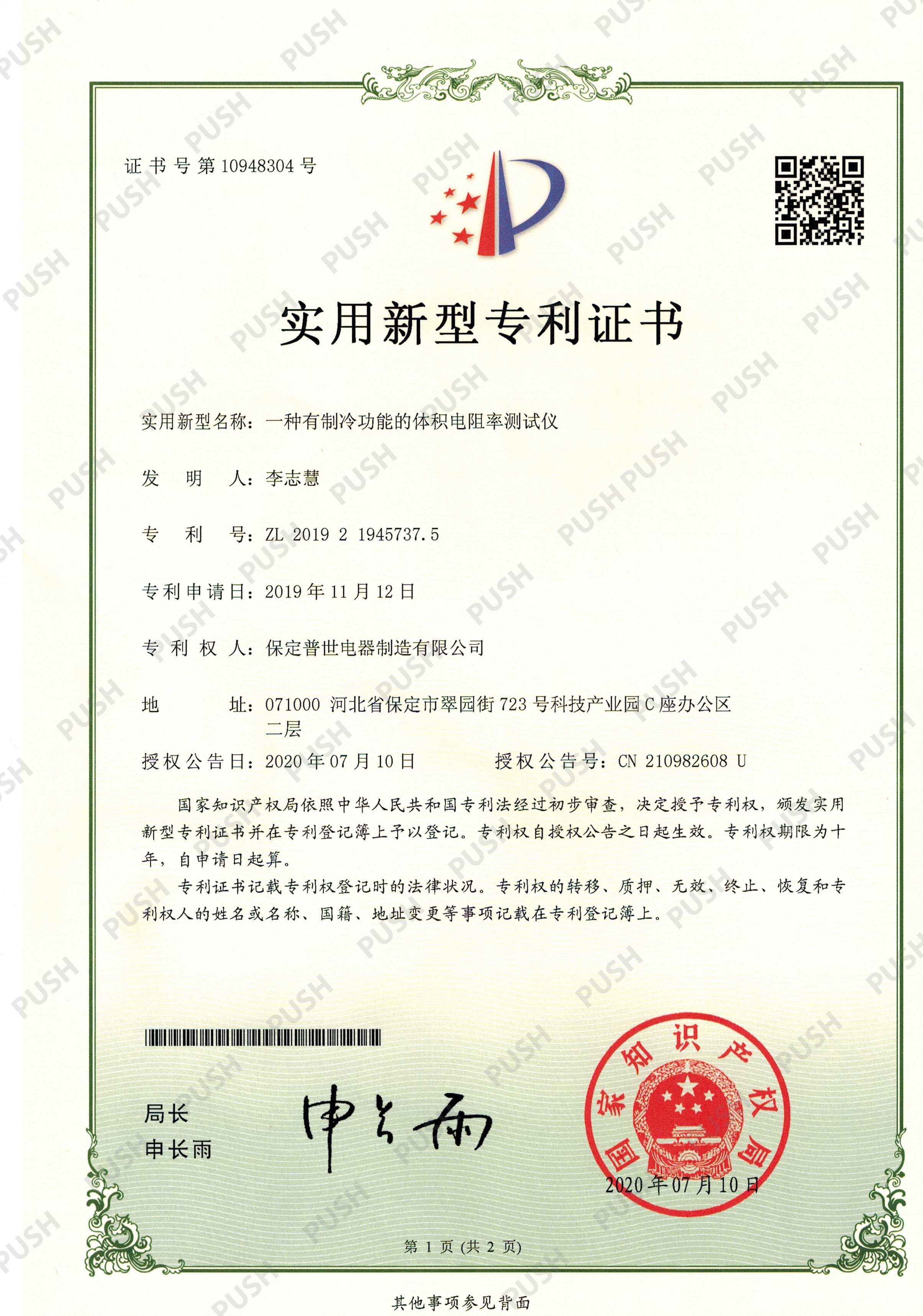 English
English



-
 Afrikaans
Afrikaans -
 Albanian
Albanian -
 Amharic
Amharic -
 Arabic
Arabic -
 Armenian
Armenian -
 Azerbaijani
Azerbaijani -
 Basque
Basque -
 Belarusian
Belarusian -
 Bengali
Bengali -
 Bosnian
Bosnian -
 Bulgarian
Bulgarian -
 Catalan
Catalan -
 Cebuano
Cebuano -
 China
China -
 China (Taiwan)
China (Taiwan) -
 Corsican
Corsican -
 Croatian
Croatian -
 Czech
Czech -
 Danish
Danish -
 Dutch
Dutch -
 English
English -
 Esperanto
Esperanto -
 Estonian
Estonian -
 Finnish
Finnish -
 French
French -
 Frisian
Frisian -
 Galician
Galician -
 Georgian
Georgian -
 German
German -
 Greek
Greek -
 Gujarati
Gujarati -
 Haitian Creole
Haitian Creole -
 hausa
hausa -
 hawaiian
hawaiian -
 Hebrew
Hebrew -
 Hindi
Hindi -
 Miao
Miao -
 Hungarian
Hungarian -
 Icelandic
Icelandic -
 igbo
igbo -
 Indonesian
Indonesian -
 irish
irish -
 Italian
Italian -
 Japanese
Japanese -
 Javanese
Javanese -
 Kannada
Kannada -
 kazakh
kazakh -
 Khmer
Khmer -
 Rwandese
Rwandese -
 Korean
Korean -
 Kurdish
Kurdish -
 Kyrgyz
Kyrgyz -
 Lao
Lao -
 Latin
Latin -
 Latvian
Latvian -
 Lithuanian
Lithuanian -
 Luxembourgish
Luxembourgish -
 Macedonian
Macedonian -
 Malgashi
Malgashi -
 Malay
Malay -
 Malayalam
Malayalam -
 Maltese
Maltese -
 Maori
Maori -
 Marathi
Marathi -
 Mongolian
Mongolian -
 Myanmar
Myanmar -
 Nepali
Nepali -
 Norwegian
Norwegian -
 Norwegian
Norwegian -
 Occitan
Occitan -
 Pashto
Pashto -
 Persian
Persian -
 Polish
Polish -
 Portuguese
Portuguese -
 Punjabi
Punjabi -
 Romanian
Romanian -
 Russian
Russian -
 Samoan
Samoan -
 Scottish Gaelic
Scottish Gaelic -
 Serbian
Serbian -
 Sesotho
Sesotho -
 Shona
Shona -
 Sindhi
Sindhi -
 Sinhala
Sinhala -
 Slovak
Slovak -
 Slovenian
Slovenian -
 Somali
Somali -
 Spanish
Spanish -
 Sundanese
Sundanese -
 Swahili
Swahili -
 Swedish
Swedish -
 Tagalog
Tagalog -
 Tajik
Tajik -
 Tamil
Tamil -
 Tatar
Tatar -
 Telugu
Telugu -
 Thai
Thai -
 Turkish
Turkish -
 Turkmen
Turkmen -
 Ukrainian
Ukrainian -
 Urdu
Urdu -
 Uighur
Uighur -
 Uzbek
Uzbek -
 Vietnamese
Vietnamese -
 Welsh
Welsh -
 Bantu
Bantu -
 Yiddish
Yiddish -
 Yoruba
Yoruba -
 Zulu
Zulu
insulation resistance
Understanding Insulation Resistance Importance and Measurement
Insulation resistance plays a critical role in the safety and efficiency of electrical systems. It refers to the resistance between conductive parts and their surroundings, which can include other conductive parts or the earth. High insulation resistance indicates that the insulation material is effective in preventing unwanted current flow, while low insulation resistance can lead to serious issues, including electrical shocks, equipment damage, and system failures.
The Importance of Insulation Resistance
Insulation resistance is essential for ensuring the reliability and safety of electrical installations. Over time, insulation can degrade due to various factors such as environmental conditions, mechanical stress, and aging materials. This degradation can create pathways for current to leak, potentially leading to short circuits, equipment malfunction, or even hazardous situations. Regular testing of insulation resistance can help identify issues before they escalate, making it a vital practice for maintenance in any electrical setup.
Another critical aspect is compliance with safety standards. Many industries are governed by regulations that require regular testing of insulation resistance to ensure operational safety. Failing to meet these standards can result in hefty fines or, worse, catastrophic accidents. Thus, maintaining high insulation resistance not only protects human life but also safeguards equipment and reduces downtime.
Measuring Insulation Resistance
insulation resistance

The measurement of insulation resistance is typically performed using a device known as an insulation resistance tester or megohmmeter. The process involves applying a known voltage (usually between 250V and 1000V) to the insulation material and measuring the resistance in megohms (MΩ). The higher the resistance reading, the better the insulation quality. A common benchmark suggests that for industrial installations, insulation resistance readings should be at least 1 MΩ for every 1,000 volts of operating voltage, although specific requirements may vary with the application.
When conducting insulation resistance tests, several factors must be considered. The temperature and humidity of the environment can significantly affect readings. For example, high humidity can lead to condensation on electrical surfaces, which can lower resistance. Similarly, the temperature can impact the characteristics of the insulation material itself. Therefore, it is essential to take these conditions into account and, if needed, perform tests under controlled situations to get accurate results.
Best Practices for Insulation Resistance Testing
Establishing a regular schedule for insulation resistance testing is advisable. Depending on the environment and the conditions in which the electrical systems operate, testing may be required annually or even quarterly. Documentation of test results over time is also important, as it can help identify trends and potential issues before they become critical.
Moreover, it’s crucial to ensure that all workers involved in testing are adequately trained. Misinterpretation of results can lead to unnecessary repairs or, conversely, the overlooking of significant issues. Using proper techniques when testing and adhering to safety protocols will enhance the reliability of the results.
In conclusion, insulation resistance is a fundamental aspect of electrical safety and operational efficiency. Regular testing and monitoring not only ensure compliance with safety standards but also prevent costly downtimes and enhance the lifespan of electrical systems. By understanding the importance of insulation resistance, stakeholders can make informed decisions to protect their assets and ensure a safe working environment.
-
Testing Equipment Industry Sees Major Advancements in 2025: Smart & Precision Technologies Lead the WayNewsJun.06,2025
-
Applications of Direct Current Generators in Renewable Energy SystemsNewsJun.05,2025
-
Hipot Tester Calibration and Accuracy GuidelinesNewsJun.05,2025
-
Digital Circuit Breaker Analyzer Features and BenefitsNewsJun.05,2025
-
Benefits of Real-Time Power Quality Monitoring Devices for Industrial EfficiencyNewsJun.05,2025
-
Earth Fault Loop Testing in High-Rise Building Electrical SystemsNewsJun.05,2025



